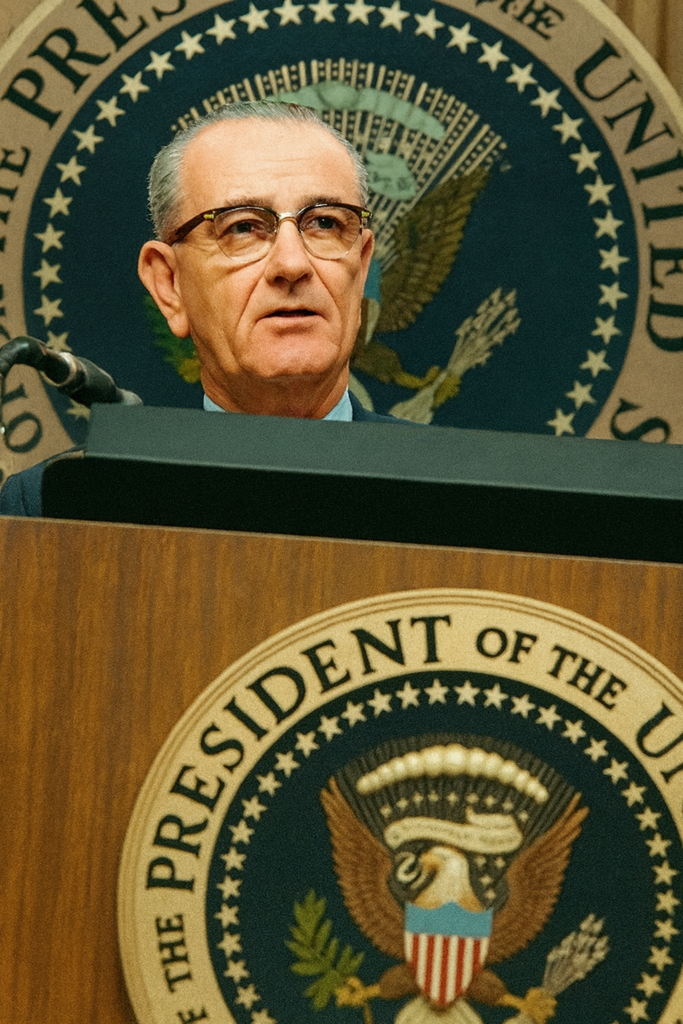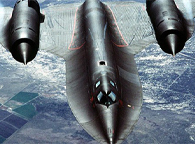The SR-71 Blackbird is probably the most recognizable American aircraft ever built, even to this day, and despite being retired for more than 30 years. It’s easy to understand, just by looking at one. Nicknamed “Habu” by the locals of Okinawa for the venomous snake it resembles, the Blackbird is one of the coolest-looking aircraft. Even SR-71 aircrews in their pressure suits have an iconic look.

SR-71 Blackbird Speed, Design, and Pilot Experience
Looks count (sorry, A-10), but the Blackbird also only gets more interesting the more you learn about it. It has a top speed faster than three times the speed of sound, and could have crossed the entire 6,000-mile span of the Soviet Union in less than an hour. Flying at 85,000 feet, pilots would have seen the deep black of space above and the curve of the Earth below.

But all things end; the plane required 300 man-hours of maintenance per flight hour, custom tools, exotic metals, and special fuel. That cost, combined with the rise of satellites, doomed the Blackbird to museums and boneyards. To celebrate this most glorious of Air Force tech, here are a few fun facts you may not have known.
10 Facts About the SR-71 Blackbird
1. America bought its skin from the enemy.
To withstand a Mach 3 cruising speed, the SR-71 had to be constructed from a special type of metal: titanium. The biggest problem with that is that the United States didn’t have that much titanium. The Soviet Union did. To acquire titanium from the USSR, so they could spy on the USSR, the CIA set up fake companies to secretly buy Soviet titanium. Ultimately, 85% of the titanium used in the Blackbird program originated in the Soviet Union.
2. LBJ renamed it by accident.
It was originally designated as the RS-71. During his reelection campaign, President Lyndon Johnson decided to announce its existence on TV to prove he wasn’t allowing a defense gap between the United States and the Soviet Union. During the announcement, he flubbed it, calling the plane “SR-71,” and the Air Force just rolled with it.
3. It leaked like a busted canteen.
On the ground, the Blackbird’s fuel tanks gushed JP-7. Only at Mach 3 did the skin heat up enough to seal them tight. Every time a Blackbird took off, it had to perform an immediate mid-air refueling to continue its mission.

4. The Blackbird is still King of Speed.
The plane can officially fly at 3,000 feet per second (2,193 miles per hour), but Blackbird pilots hint that it can actually achieve even greater speeds. It set the speed record in 1976 and still holds the crown. Decades later, nothing built has ever flown higher or faster.
5. It had no weapons.
Who needs guns or missiles when you can just outrun anything the enemy can throw at you. In all, the U.S. lost 12 Blackbirds during its run, all from accidents or mishaps. Some 4,000 missiles have been fired at these speed racers, and not one ever hit. Given the SR-71’s speed, they literally missed by a mile.
6. The windshield hit 600°F.
There’s a reason the Blackbird had to be made of titanium – and that reason is friction. If it were made of anything else, it would melt. That’s hot enough to fry a steak. Which one pilot actually did. In foil.
7. The pilot’s uniform was a spacesuit. Astronaut-style pressure suits were required aboard the SR-71 because bailing out at 80,000 feet is basically skydiving from orbit.

8. Everything about it was exotic.
It ran on JP-7, which had such a high flash point that you could stub out a cigarette in it. Special chemicals were needed just to ignite the gas. Speaking of gas, titanium is a famously difficult metal to work with and reacts to hydrogen and oxygen when heated. Any welding required on the airframe had to be done in an argon gas chamber.
9. Crews described it as “alive.”
At Mach 3, the titanium skin stretched and flexed so much that its panels moved inches. Crews swore it “breathed.” After the Air Force killed the Blackbird in 1990, Congress resurrected it in 1995 for sonic boom tests, then finally retired it again in 1998.
10. It was an effective spy plane.
How, one might ask, can a plane moving that fast take decent photos? It wasn’t using a Polaroid. The camera on an SR-71 could take pictures of your license plate from 72 miles away.
Read About Other Military Stories
If you enjoyed learning about the 10 Wild Things You Didn’t Know About the SR-71 Blackbird, we invite you to read the stories of other remarkable soldiers and their heroic deeds on our blog. In addition to our profiles of celebrities who served, we share military book reviews, veterans’ service reflections, famous military units and more on the TogetherWeServed.com blog. If you are a veteran, find your military buddies, view historic boot camp photos, build a printable military service plaque, and more on TogetherWeServed.com today.

0 Comments